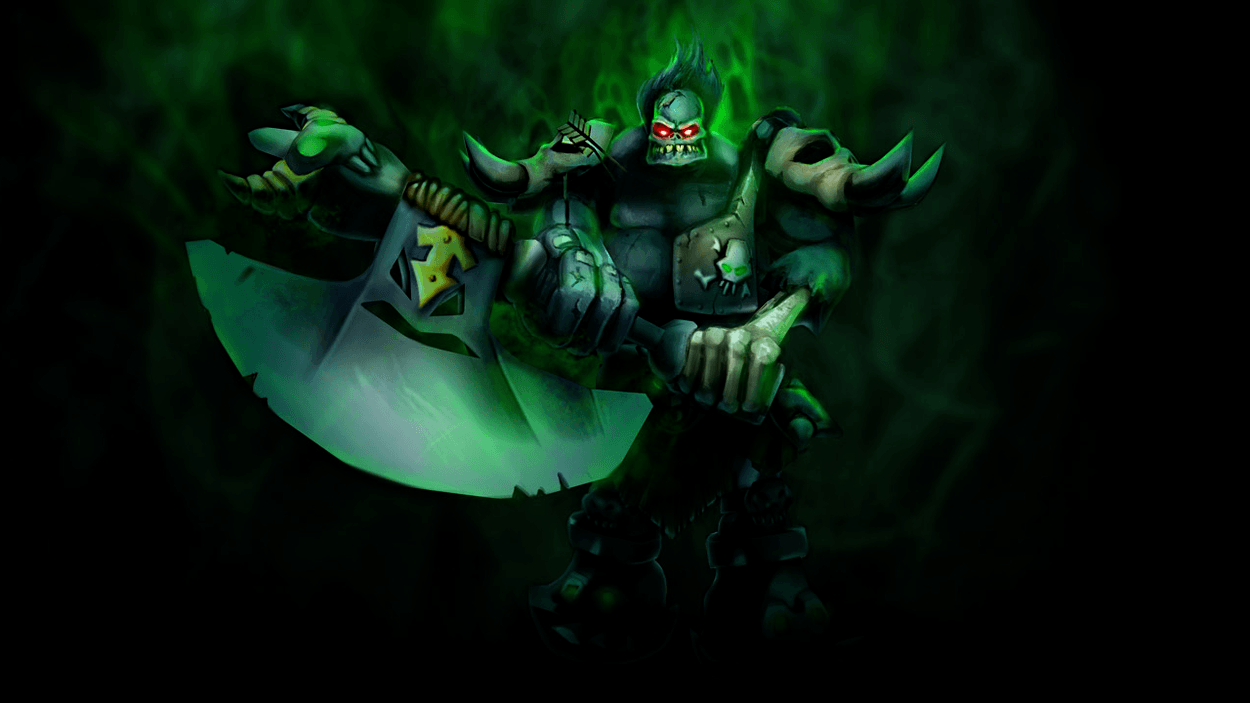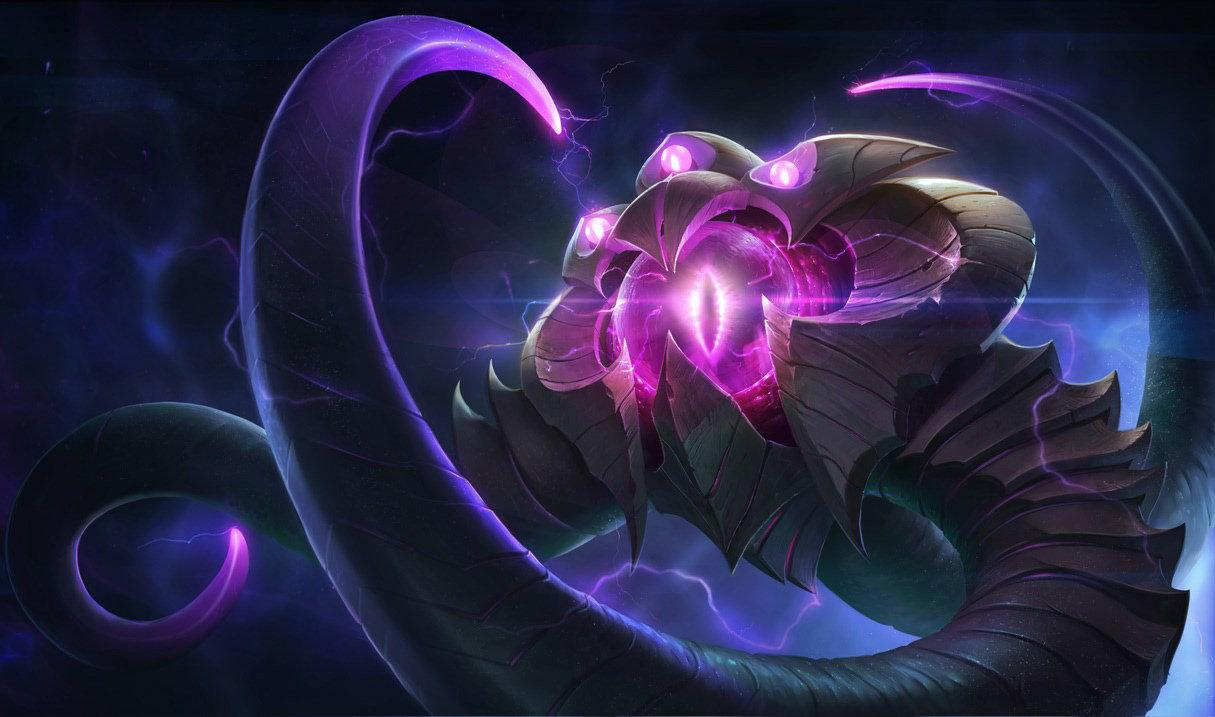The Balance of Health and Esports
Taking a look at health concerns amongst E-athletes and what can be done to help them.
Taking a look at health concerns amongst E-athletes and what can be done to help them.
The human body is a delicate, fragile set of tissues, muscles and tendons that allow us to achieve feats of monumental strength, but also feats of pinpoint accuracy. The latter of these descriptions is especially true for esports athletes, who have to have almost superhuman reaction time and hand-eye coordination to pull off some of the plays that they make. When these tissues are not at a functional level however, it hinders the play of these esports athletes; much like with any other athlete in any other sport. With the current rise in popularity of esports, these potential health issues are just now gaining more and more attention, and their shareholders are being called upon to aid these potential injuries.
Before discussing the health challenges an esports athlete faces, it is important to discuss the major muscles, tendons and other bodily processes that most esports athletes use to perform at the highest degree. The major muscles that are used to make magic on the keyboard and mouse are in the wrist and are known as flexors and extensors. The flexor muscles are flexor pollicis longus, flexor digitorum superficialis, flexor carpi ulnaris and flexor carpi radialis. These flexor muscles stretch usually from the elbow or forearm to the wrist or fingers and they are primarily used to grip or to ball a hand into a fist. The extensors are the extensor pollicis longus, extensor digitorum communis, extensor carpi ulnaris, extensor carpi radialis brevis and the extensor carpi radialis longus. These groups will be simply referred to as flexors and extensors. These muscles also stretch from the elbow and forearm to the wrist and fingers and are used to release grips, extend fingers and most importantly for this article, use keyboards and mouses.

Esports athletes are also very reliant on their eyes to read and react to what is happening on their screen. A large part of this ability to read and react is the six small muscles that move the eye around. Rotational movement is done by the medial rectus. Outward motion is done by the lateral rectus. Upward movement is carried out by the combined efforts of the superior rectus and the inferior oblique muscles. Lastly, downward movements are done by the inferior rectus and the superior oblique. For esports athletes, the necessity for their eyes to carry out quick, precise movements are directly correlated to these muscles.
Esports athletes rely more on these delicate muscles when compared to the average athlete, who rely more on leg and upper body muscles. With that being said, injuries to these muscles can be much more devastating because of their sensitive nature. One of the many ways that these muscles can be injured is through carpal tunnel.
Carpal tunnel is one of the most common injury amongst esport athletes, where the median nerve, or the nerve that rests in the middle of your hand, becomes irritated or inflamed. This causes numbness and tingling in your hand, weakness in your thumb as well as muscle decrease in the base of your hand. While these symptoms may not seem overly scary or career-threatening, it is the overuse of the flexor and extensor muscles that leads to these issues, and when carpal tunnel goes untreated, it can limit grip strength, increase pain in the flexor and extensor muscles and could potentially inhibit the use of these muscles altogether.
Treatment for carpal tunnel can begin in the early stages of its development, and can even be prevented by stretching out these muscles, especially the flexor carpi radialis and the extensor carpi ulnaris, to prevent damage to this median nerve. But once carpal tunnel begins, wrist splinting, nonsteroidal anti-inflammatory drugs (NSAIDs) or the injection of corticosteroids may be needed to help relieve some of the pressure and heal the damage to the nerve and muscles. These treatments are used depending on the severity of the carpal tunnel. If none of these treatments work, then surgery may be needed to relieve pressure on the median nerve, which can lead to scarring on the palm of the hand and potential infections.
Seeing as this is the most common injury to esports athletes, shareholders of teams and organizations should try and invest in physical trainers, physical therapists or rheumatologists to try and prevent many of the symptoms to go into carpal tunnel. Another thing shareholders can do to help their athletes is to reduce scheduled practice time, or at least provide more time to rest the tender muscles in the wrist and hand, this is so athletes can maintain the dexterity of these muscles. For the more casual players, access to these surgeries and physical therapists can be challenging, so the avenue that they can take is through prevention. Prevention is the most effective way to stave off carpal tunnel, and the more that casual players can invest in these preventative measures, the more they can maintain their health for the future.

As stated above, the eyes are the other major tool that esports athletes use to perform at their peak, and many of these athletes can suffer from eye fatigue. Eye fatigue is caused from over-stressing the muscles in the eyes and the lenses that are used for vision within the eye. If someone suffers from eye fatigue, they can experience irritation in the eyes, issues focusing, blurred or doubled vision, increased sensitivity to light as well as neck, shoulder and back pain. Long hours of work, especially at night, can worsen the problems in the eyes. Especially if the person is sleep deprived, because sleep replenishes the essential nutrients in the eye and a lack of sleep can lead to repeated eye irritation.
This is especially prevalent for esports athletes, who spend a majority of their time looking at monitors and screens whenever they practice with their team or play by themselves on their own streams. This is because when people look at screens, they tend to blink less than they normally would. Studies show that people generally tend to blink 18 times per minute, when someone looks at a screen however, this number is cut in half to around 9 blinks per minute.
Eye fatigue can easily be prevented, simply by taking breaks from looking at monitors and other screens to make sure that the standard blinking rate is kept at that 18 blink mark. One could also use artificial tears to help keep the eyes hydrated and fresh and prevent eye fatigue. Taking breaks and looking away from the screen after extended play can also help due to the sensitive nature of these muscles and help extend the health of your eyes.
Another ailment that can affect esports athletes is not something physical in finite muscles or tendons, but rather, it is the mental health of that said player. Esport athletes are constantly being asked to practice and perform at the highest level everyday. Even when the competitive season ends, players are demanded to keep their peak form and stay at the top of the ranked leaderboards. All of this while hundreds of thousands of people are watching their every move and click, ready to clip and joke about any screw ups or missed plays for however long the joke can last. For example, it has been three years since Cloud 9’s former mid laner Jensen failed to use his Ekko ultimate that lost Cloud 9 the 2017 North American Summer Split against TSM, and to this day people within the community still point and laugh at the expense of Jensen, who was visibly distraught and shaking after his misplay. Events like this ultimately leads to players experiencing anxiety, panic attacks, depression and ultimately burnout. This can cause them to care less and less about the games that they play because it does not bring them any source of joy or happiness, which then cause them to obviously not play at the highest possible level, which leads to their teams performing at a much lower level and can ultimately lead to that player being out of pro scene entirely.

Depression and burnout not only affects players at the highest level, but it can greatly affect the common player even more, making sure that you can take a break from the game and find something more enjoyable, whether it be playing another game or turning the console or PC off all together. Keeping yourself in a good mental state can stave off the effects of burnout and depression. But if it is still affecting you, sit down and talk about what you are experiencing with a friend, family member or even a therapist, keeping your emotions bottled up so you can grind away on a game does you no good, so do not be afraid to talking about what you are experiencing.
There has been a common school of thought around esports athletes in that they do not take care of their bodies because they would rather play a video game. But, esports athletes have to constantly maintain three of the most delicate and fragile parts of the body, the wrist, the eyes and the mind, to perform at their peak level and be able to produce the best possible results for themselves or their team, and the shareholders should reciprocate this necessity of maintenance for esports athletes by helping them along the way.